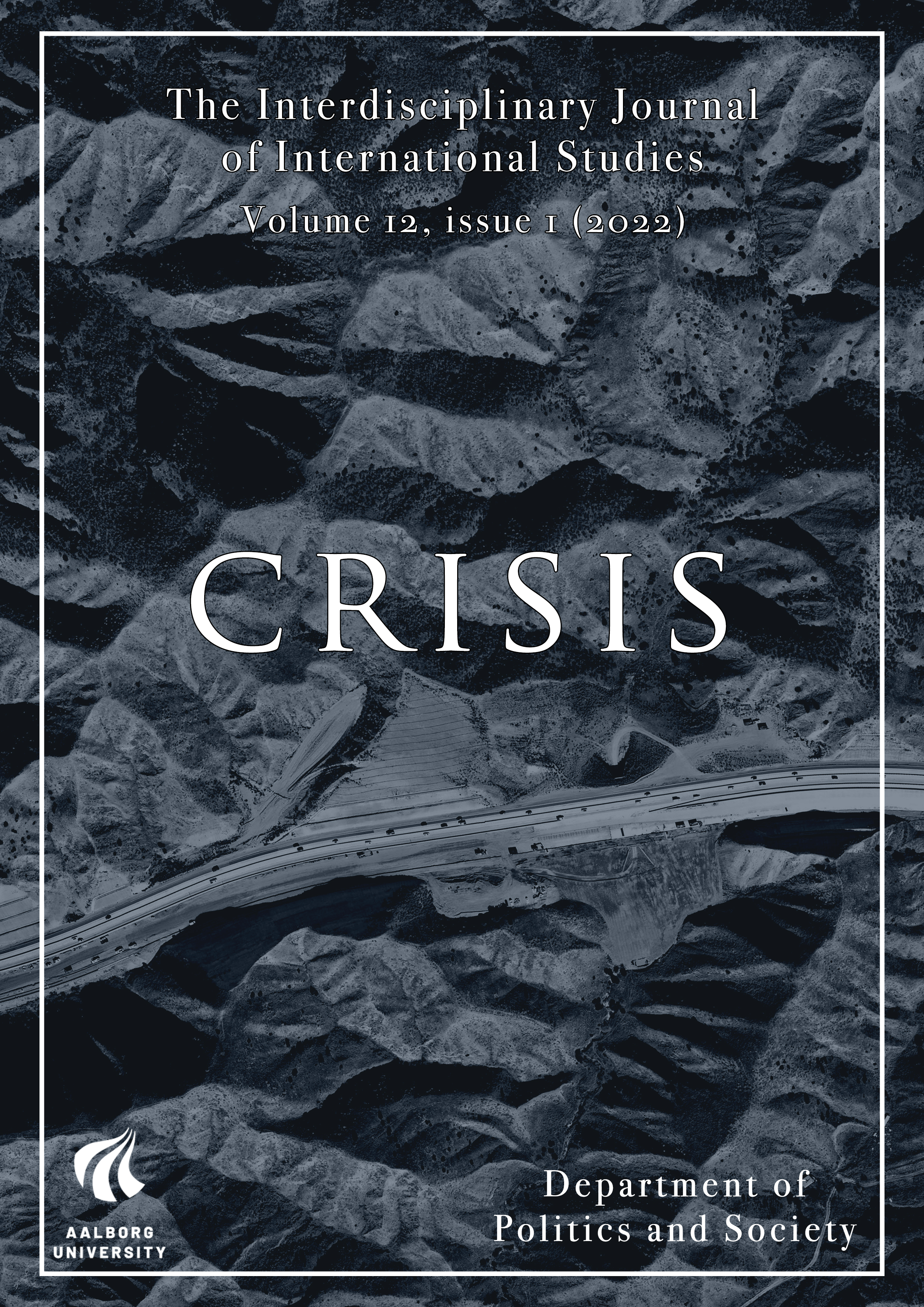Crisis and Credit: The Case for Running a Financial Inclusion Program through a Public-Private Partnership as a Method of Poverty-Alleviation
DOI:
https://doi.org/10.5278/ojs.ijis.v12i1.7079Resumé
The globally-prevalent crisis of financial exclusion ails millions especially in developing countries, by trapping low-income households in a vicious cycle of poverty. One public policy measure to address this is through the provision of low-cost microfinance under countrywide financial inclusion programs. This paper explores one such financial inclusion program launched as a public-private partnership (PPP) across Pakistan in October 2021, titled “Kamyab Pakistan Program” (KPP). More specifically, it explores the role of AIM, a high-impact Pakistani microfinance organization, as one of the implementing partners under this PPP, and posits this as an ideal PPP with potential for success. This hypothesis generating case study is analyzed through a principal-agent framework by identifying the factors under which the expected success of this PPP is predicated on. Resultantly, three hypotheses are generated that identify the following three factors: 1) ideological confluence between the government-led Program and the microfinance institution, 2) past involvement in design of the Program by the microfinance institution, and 3) creation of subjectively perceived social responsibility by the microfinance institution. This paper reaches the conclusion that a public-private partnership of the nature explored in the case-study – such that there is a certain level of confluence between both parties involved in terms of both a philosophical basis as well as operational processes – is an effective method by which to achieve financial inclusion, which is aimed specifically at poverty-reduction.
Downloads
Publiceret
Nummer
Sektion
Licens
Authors who provide articles, essays or book reviews to the Interdisciplinary Journal of International Studies agree to release their publications under the Creative Commons Attribution-Noncommercial 3.0 Unported license, which allows anyone to share their work (copy, distribute, transmit) and to adapt it for non-commercial purposes, provided that appropriate attribution is made and that, in the event of reuse or distribution, the terms of this license are made clear.
Authors retain copyright of their work and grant the journal right of first publication.
Authors are able to enter into separate, additional contractual arrangements for the non-exclusive distribution of the journal's published version of the work (e.g., post it to an institutional repository or publish it in a book), with an acknowledgement of its initial publication in this journal.

